 Shutterstock
Shutterstock
We all know that a wagging tail signifies a happy dog, right? Well, not quite! While tail wagging is often associated with joy and excitement, the direction in which a dog wags their tail—right or left—can reveal much more about their feelings and social interactions than you might think. Research has shown that the side dogs choose to wag their tails on is linked to different emotional states, brain activity, and social communication. Far from being a simple expression of happiness, the direction of tail wagging provides insight into a dog’s inner world and how they perceives their environment. Here are some fascinating reasons why dogs wag their tails right or left.
Right-wagging is Linked to Positive Emotions
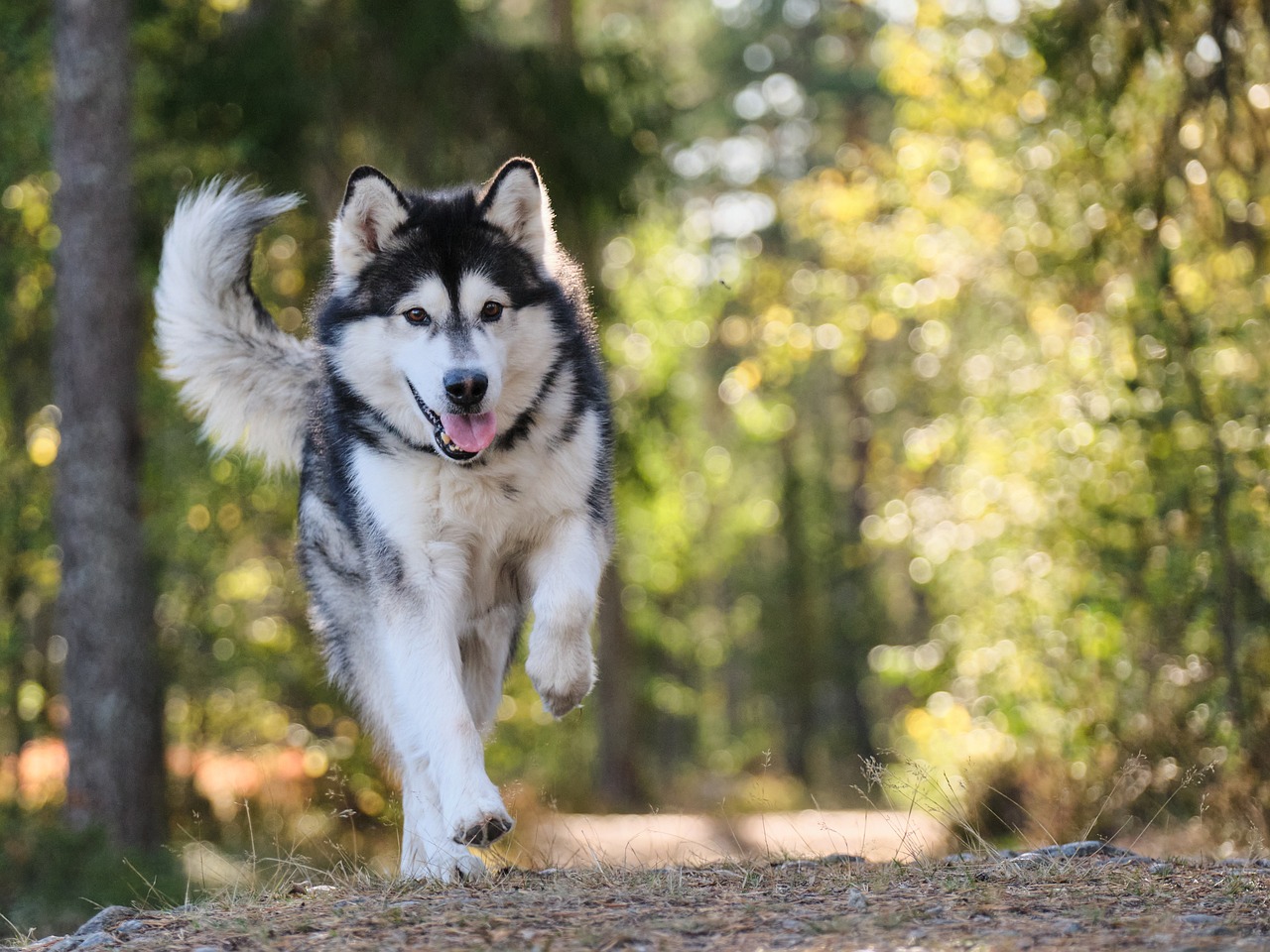 Shutterstock
Shutterstock
When dogs wag their tails to the right, it usually indicates a positive emotional state. This behavior is commonly seen when a dog greets a familiar person, sees a beloved toy, or experiences something enjoyable. Studies suggest that the right side of the tail is associated with the brain’s left hemisphere, which controls emotions related to approach and positive social behaviors. So, when a dog wags its tail to the right, it’s likely experiencing happiness, excitement, or friendliness.
Left-Wagging May Indicate Negative Emotions
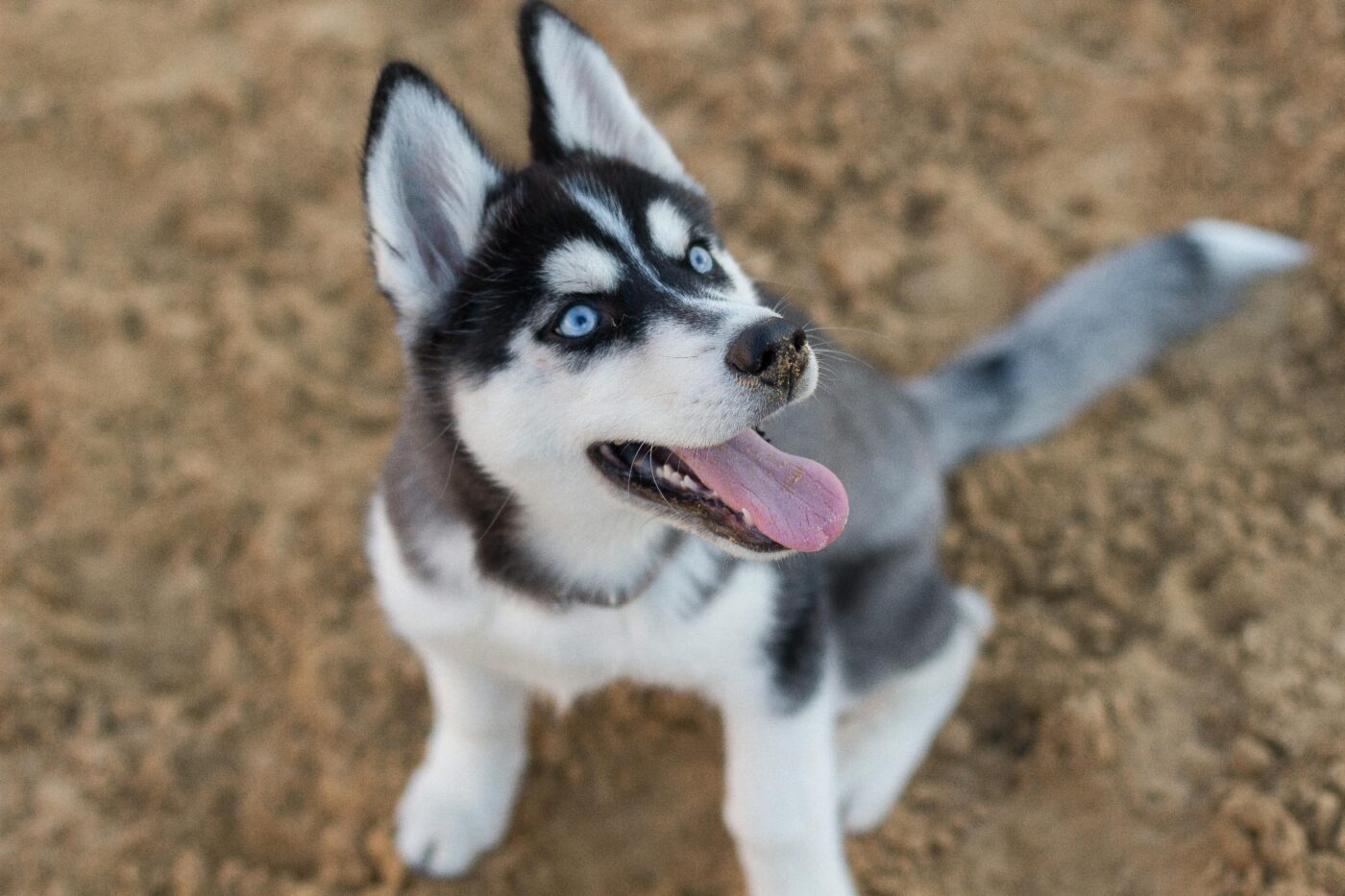 Shutterstock
Shutterstock
Conversely, when dogs wag their tails to the left, it is often linked to negative emotions or feelings of uncertainty. This leftward wag is typically seen in unfamiliar or potentially threatening situations. The brain’s right hemisphere, which is linked to withdrawal and avoidance behaviors, controls the left side of the tail. When a dog wags to the left, it might feel cautious, anxious, or uncomfortable. It’s a subtle signal that reveals the dog’s uneasiness about a situation.
Tail Wagging Direction Affects How Other Dogs React
 Shutterstock
Shutterstock
Dogs not only communicate with humans through tail wagging but also with other dogs. Research has shown that the direction of a dog’s tail wag can influence how other dogs respond. When dogs observe a fellow canine wagging its tail more to the right, they are likely to approach in a friendly manner. In contrast, a leftward wag elicits a more cautious or defensive response from other dogs. This indicates that tail wagging direction is a form of canine communication that signals different emotional states.
It’s Linked to Brain Hemisphere Dominance
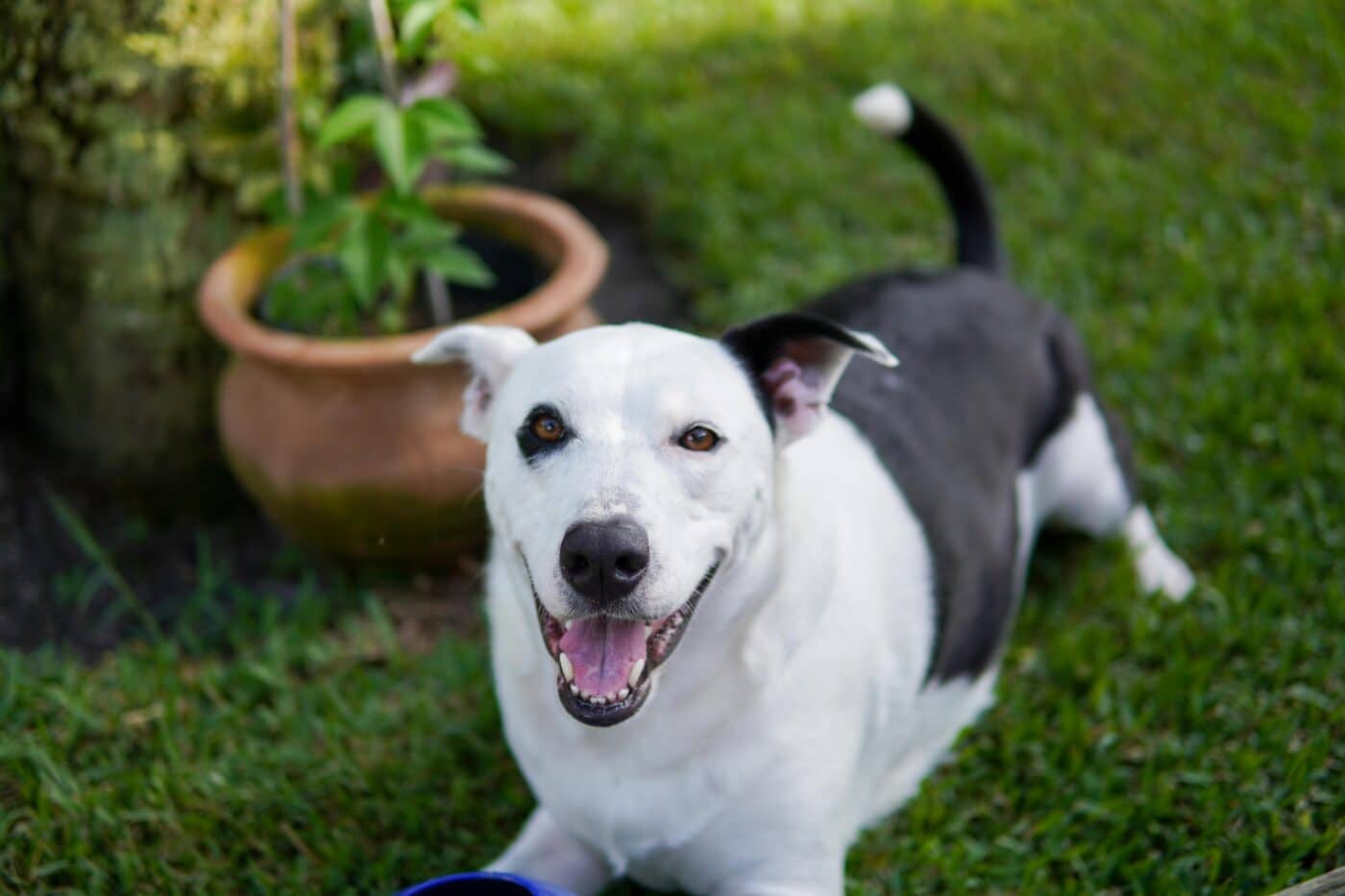 Shutterstock
Shutterstock
Like humans, dogs have a division of labor in their brains, where different hemispheres control different functions. The left hemisphere is associated with positive emotions and approach behaviors, while the right hemisphere is related to negative emotions and avoidance. Because the brain controls the opposite side of the body, a rightward wag reflects the activity in the left hemisphere, and the right hemisphere influences a leftward wag. This brain hemispheric dominance plays a crucial role in determining the direction of tail wagging.
Right-Wagging Dogs Are More Open to Social Interaction
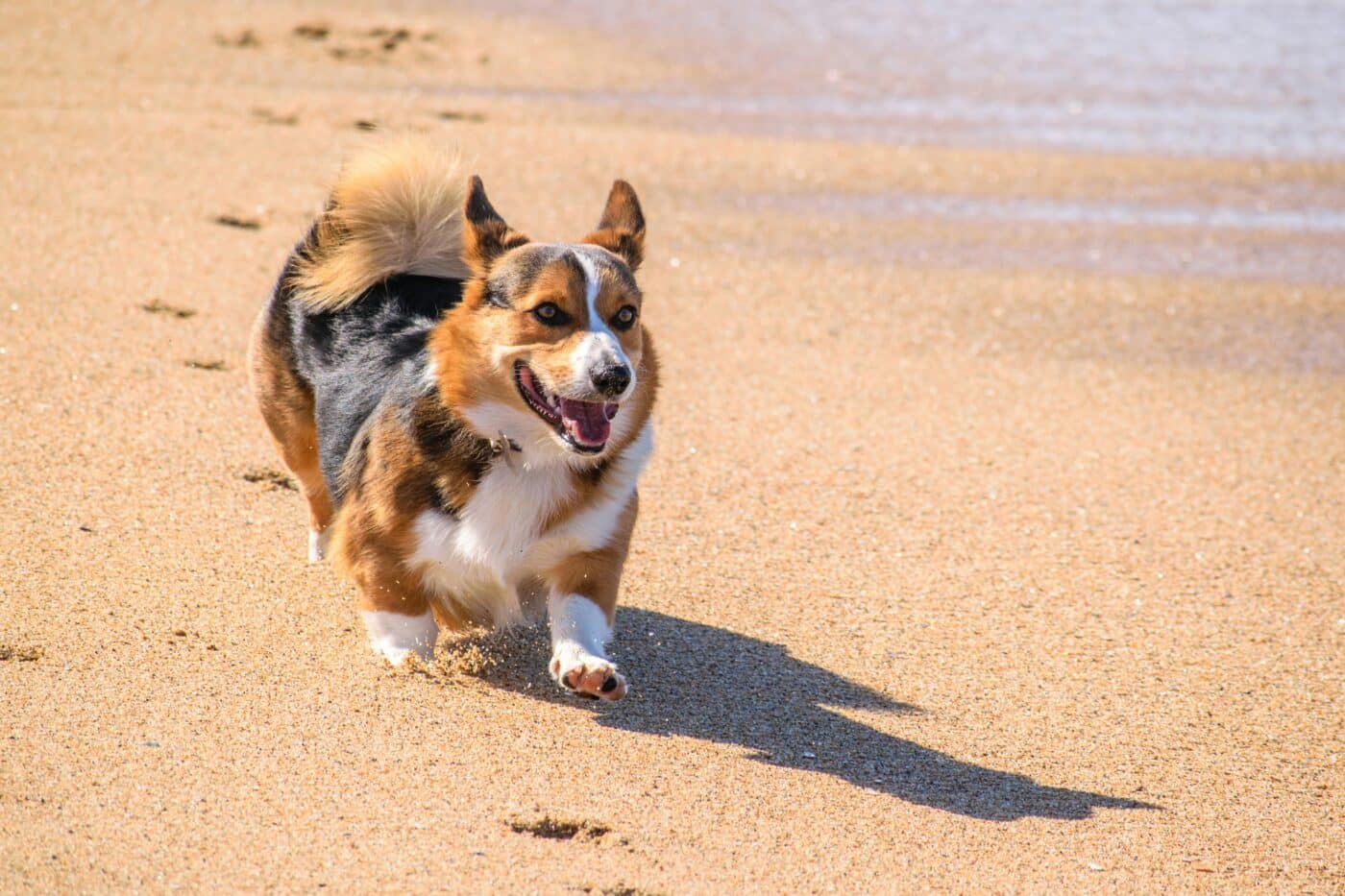 Shutterstock
Shutterstock
Dogs that wag their tails predominantly to the right are generally more approachable and open to social interactions. The rightward wag reflects a positive mind, suggesting the dog feels confident, friendly, and ready to engage. This behavior is especially common when a dog encounters familiar people or friendly dogs. If you notice a dog wagging its tail more to the right, it indicates they’re comfortable and happy.
Left-Wagging Can Serve as a Warning
 Shutterstock
Shutterstock
When a dog’s tail wags more to the left, it might be an unspoken warning to others. The leftward wag can indicate the dog feels threatened, anxious, or on guard. This behavior is often seen when dogs are in the presence of unfamiliar or dominant dogs or when faced with a potentially stressful situation. The left wag can be a subtle signal to give the dog space or proceed cautiously.
It’s Not Just About Happiness
 Shutterstock
Shutterstock
Many people believe that a wagging tail always indicates a happy dog, but the wag’s direction and speed can reveal a range of emotions. While a rightward wag typically signals positive feelings, a leftward wag might indicate stress or discomfort. The speed and intensity of the wag add further context, with faster wags usually indicating higher excitement or arousal. Understanding these nuances helps better interpret what a dog feels beyond just happiness.
Dogs Can Change Wag Direction Based on Situational Factors
 Shutterstock
Shutterstock
The direction of a dog’s tail wag can change in real-time, depending on the situation. For example, a dog may start wagging its tail to the right when seeing its owner but switch to the left if an unfamiliar dog approaches. This change in wag direction can give insights into how the dog’s emotions shift in response to its environment. It’s a dynamic behavior that reflects the dog’s ability to adapt to different social contexts.
Dogs Are More Likely to Wag Right During Play
 Shutterstock
Shutterstock
Rightward tail wagging is commonly seen during play, whether with humans or other dogs. This type of wagging signals a positive state of mind and a willingness to engage in playful behavior. When dogs are in a playful mood, the brain’s left hemisphere, which governs approach and social interactions, is more active, resulting in a rightward tail wag. It signifies that the dog enjoys the activity and feels at ease.
Left-Wagging May Indicate a Preference for Solitude
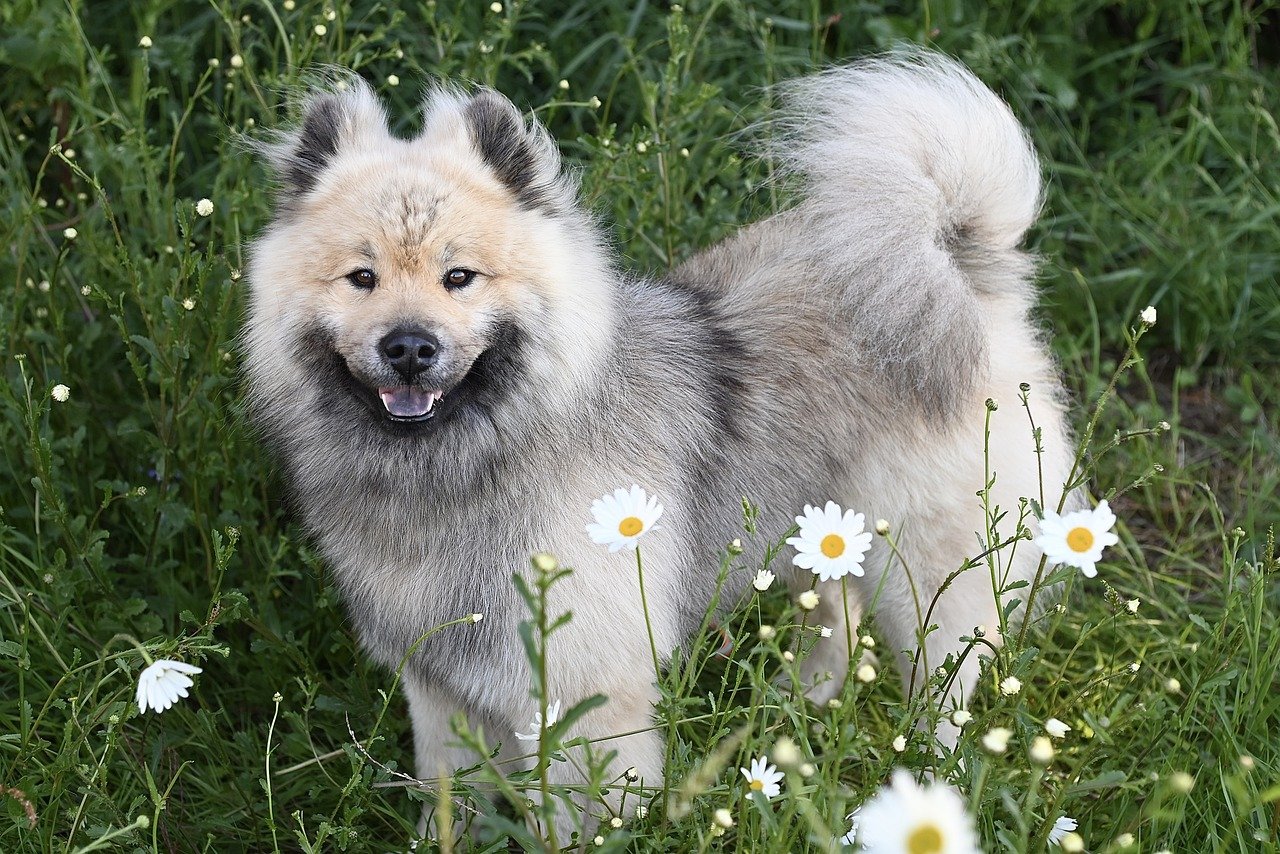 Shutterstock
Shutterstock
Dogs that wag their tails to the left may communicate a desire to be left alone. The leftward wag signals a more cautious or reserved emotional state, which could mean the dog is not in the mood for social interaction. If you see a dog wagging its tail to the left, especially in the absence of other notable triggers, giving them space and respecting their need for some alone time may be a good idea.
Right-wagging is More Common in Confident Dogs
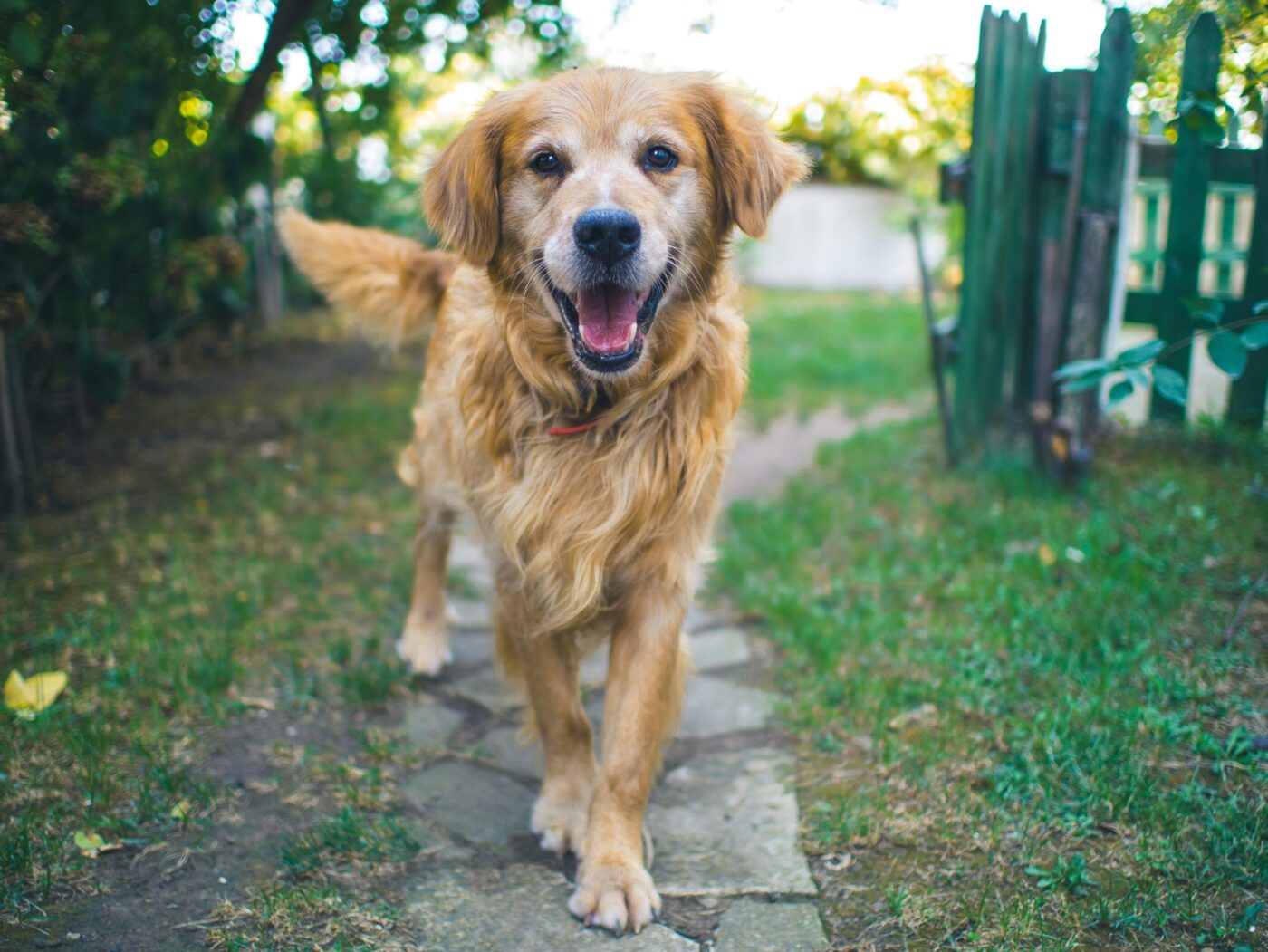 Shutterstock
Shutterstock
Confident dogs, who are comfortable with their surroundings, often display more rightward tail wagging. This behavior shows they are open to new experiences and not easily intimidated. Rightward wagging is associated with a positive and forward-moving attitude, reflecting the dog’s readiness to interact with others. If a dog consistently wags its tail to the right, it’s a sign of a well-socialized and confident canine.
Tail Wagging Can Signal Submission or Dominance
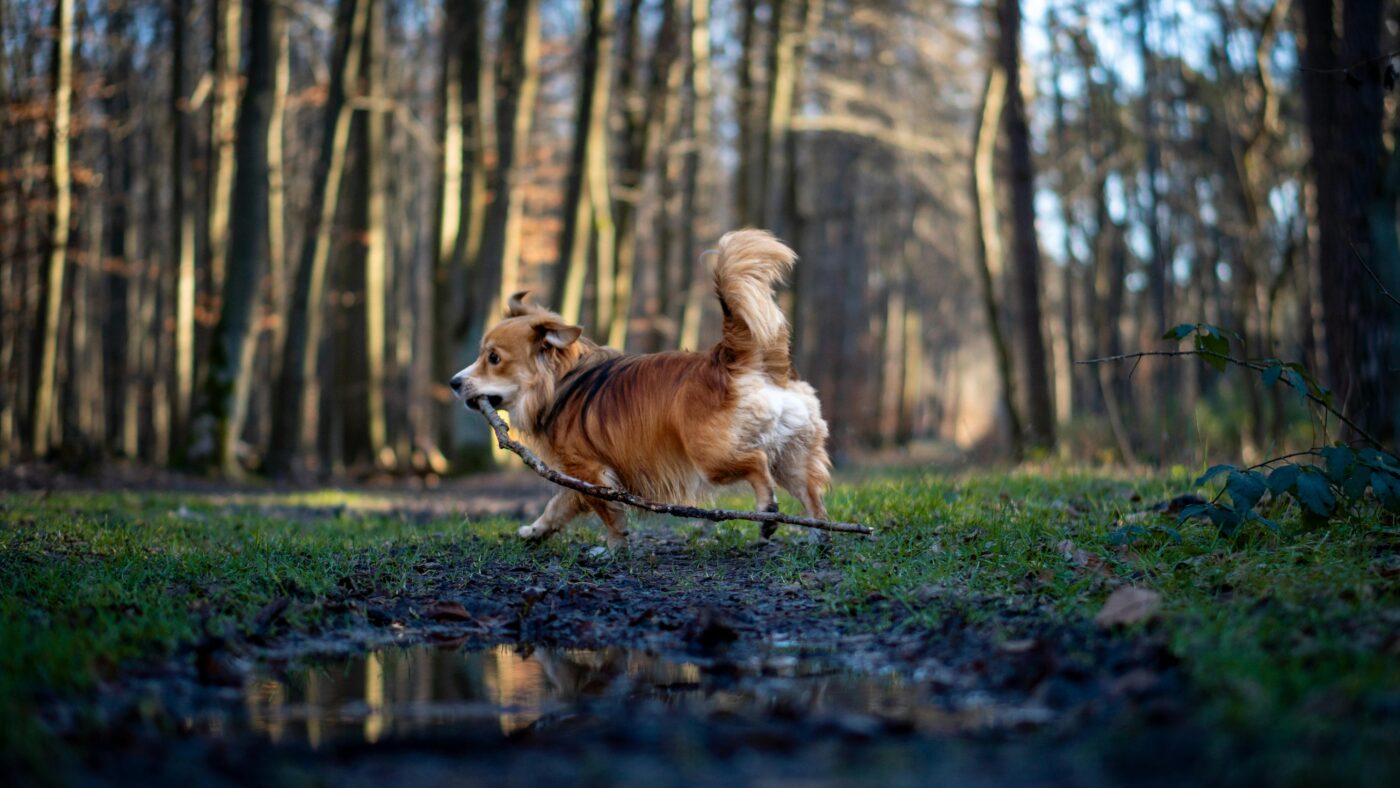 Shutterstock
Shutterstock
The direction of the tail wag, along with the position of the tail, can indicate whether a dog is displaying dominance or submission. A high tail with a rightward wag may suggest dominance or excitement, while a low tail with a leftward wag might indicate submission, fear, or nervousness. Understanding this combination of wag direction and tail position provides a more comprehensive view of the dog’s social dynamics.
Breed Differences May Influence Wagging Patterns
 Shutterstock
Shutterstock
Certain breeds may show different tail-wagging behaviors due to anatomical or behavioral differences. For instance, breeds with docked or naturally short tails may have less pronounced wagging, making it harder to detect the direction. Additionally, some breeds are naturally more expressive with their tails than others, which can influence the visibility and clarity of their wagging patterns. Knowing the breed-specific tendencies can help you better interpret the signals.
Dogs May Learn to Control Their Wagging Based on Experience
 Shutterstock
Shutterstock
Dogs can learn to associate specific experiences with tail-wagging direction. For example, if a dog has positive reinforcement when wagging its tail to the right, it may be more inclined to display rightward wagging in similar situations. Likewise, if leftward wagging is associated with negative experiences, a dog may wag more to the left in stressful scenarios. Over time, this learned behavior can influence their wagging direction in various contexts.
Tail Wagging Direction Can Be a Sign of Excitement or Anxiety
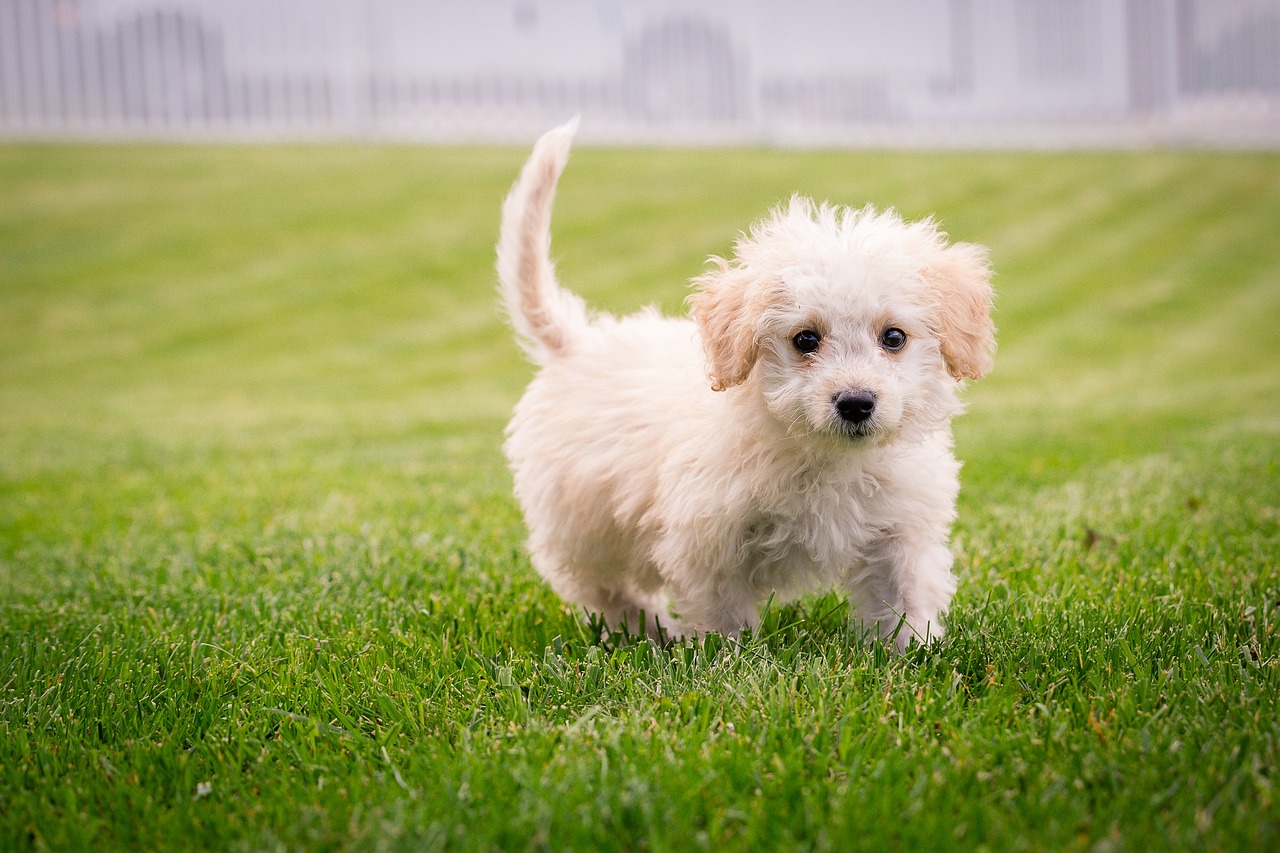 Shutterstock
Shutterstock
The speed and direction of a dog’s tail wag can indicate whether they are excited or anxious. A fast wag tilting more to the right usually signals excitement and eagerness, while a slower wag leaping to the left may suggest anxiety or unease. Observing the nuances of tail wagging direction and speed can help owners discern whether their dog feels overjoyed or uncomfortable.
Tail Talk: More Than Just a Wag
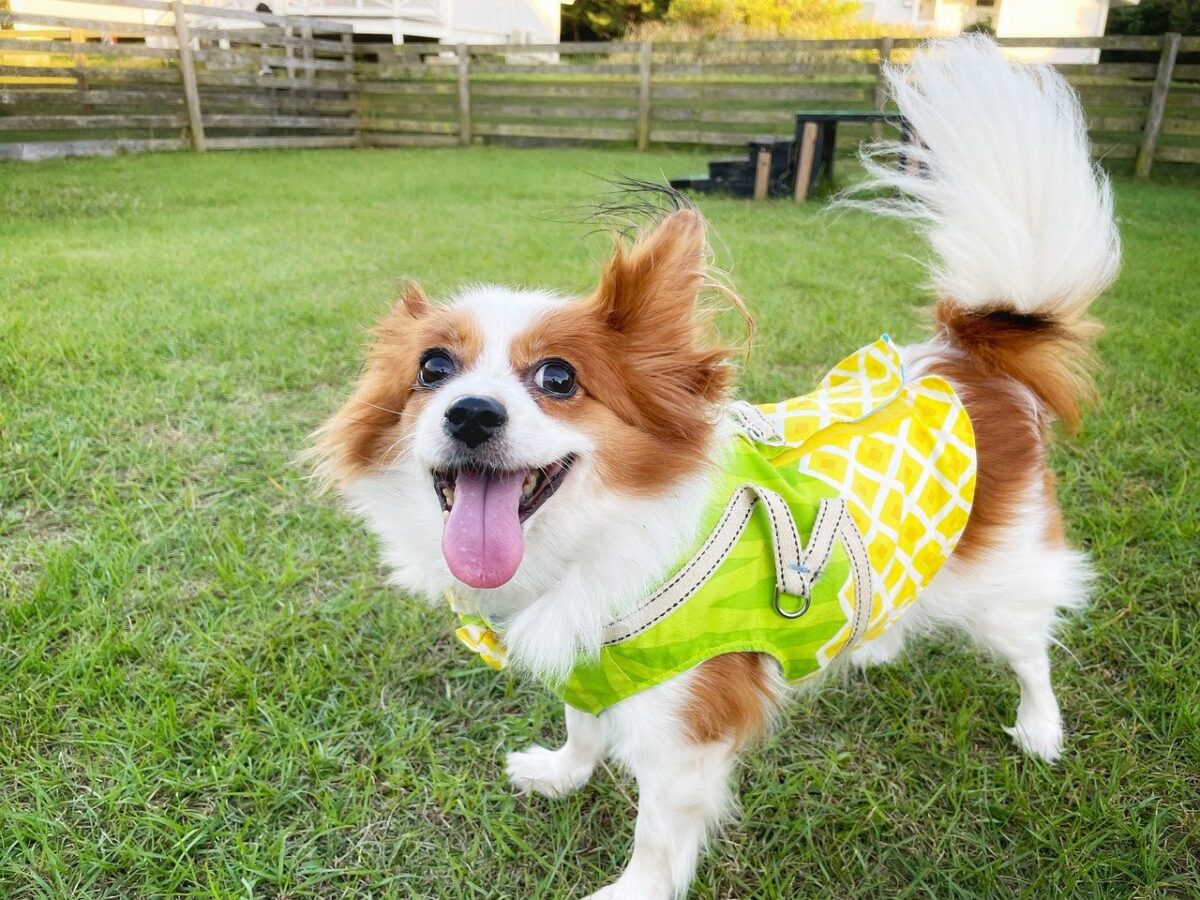 Shutterstock
Shutterstock
There’s more to a wag than just happy vibes! Whether your dog is flaunting a right-tilted “come say hi” or signaling a left-leaning “back off” vibe, their tail is doing much more than just swishing back and forth. It’s like a furry semaphore communicating every mood, from joy to caution. So, the next time you see your dog’s tail swaying right or left, remember—they’re not just wagging; they’re speaking the language of “tail talk,” and it’s your job to listen and understand!
 Toledo, United States.
Toledo, United States.
